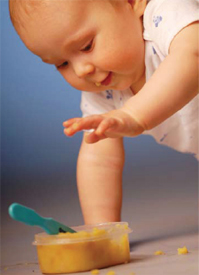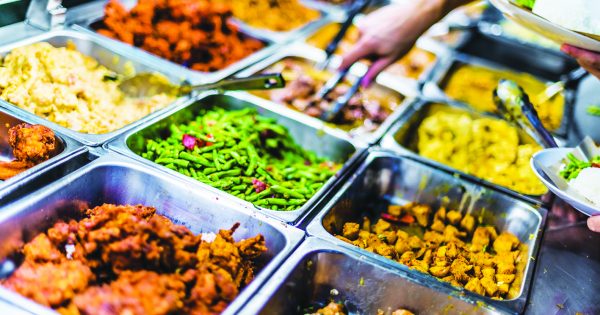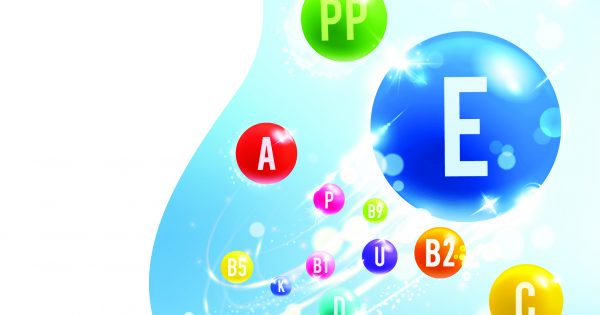In previous issues, we touched on complementary feeding principles as well as how much and how often your baby should be fed. In our first issue of this special Nutrition Guide, we will continue to focus on complementary feeding as we delve into the goodness of feeding your child with a mixture of good complementary foods.
As you may already know, complementary foods are needed as your child grows and becomes more active (during which breast milk alone is not sufficient to meet his needs). The World Health Organization has recommended that complementary feeding should start at the age of six months onwards. Once you have established a good foundation of complementary feeding for your child, you can start to mix food up for your child.
Why is it important to give your child a variety of foods?
- He needs a varied diet. A mixture of good complementary foods can provide him with all the nutrients he needs. Give foods that are rich in energy, protein and micronutrients (particularly iron, zinc, calcium, vitamin A, vitamin C and folate).
- He needs variety in the form of different tastes, colours, shapes and textures. This will keep him interested in his food. This is true because even small babies get bored with the same food everyday. Don’t worry if he leaves out something new today, he may try it again tomorrow.
What’s a good mixture?
The key to eating well at this age is to make sure that your baby has a wide variety of these foods:
The staple
It is eaten regularly and in such quantities as to constitute the dominant part of your child’s diet and supply a major proportion of energy and nutrient needs. However, a staple food alone does not meet your child’s total nutritional needs. He requires a variety of other foods.
What’s good: Rice porridge, mashed potatoes, pasta, sweet potatoes.
Pulses and oil seeds
These foods are a good source of protein for your child. Oil seeds and some pulses (groundnuts, soybean, etc.) are rich in fat and high in energy.
What’s good: Chick peas, lentils, dhal.
Foods from animal sources
These foods are good sources of protein, iron, zinc and vitamin A. Foods that contain bones (e.g. small fish, canned fish or anchovies) are good sources of calcium.
What’s good: Fish, lean meat, poultry, yoghurt.
Dark green and orange coloured vegetables and fruits
You should encourage your child to eat these foods from young as they are all rich sources of vitamin A, vitamin C, folate and iron. The darker the leaf or stronger the orange colour, the more vitamin A they contain.
What’s good: Spinach, sawi, broccoli, kailan, carrot, mango, sweet potatoes, papaya, orange.






Comments